Beyond the Shell: The Crafting of a Cyberpunk Masterpiece
In the landscape of speculative fiction, few films have etched themselves into the cultural consciousness as profoundly as the one set in the neon-drenched, data-streamed Tokyo of 2029. This cinematic venture plunges viewers into a world where the distinction between human and machine has all but dissolved, demanding a re-evaluation of what it truly means to exist. More than just a thrilling chase, this is a profound philosophical inquiry, brought to life through visionary world-building and intricate character design.
The Genesis of a Cybernetic Future
The concept of humanity integrating with technology is hardly new, but this film pushes it to its logical extreme, presenting a society where advanced prosthetics and neural interfaces are commonplace. The creative team embarked on a formidable task: to visualize a future both wondrous and unsettling, where human consciousness, or “ghosts,” grapple with their mechanical “shells.” This intricate dance between technology and identity forms the bedrock of the narrative, establishing a high-stakes arena for Section 9, an elite task force burdened with maintaining order in this hyper-connected reality.
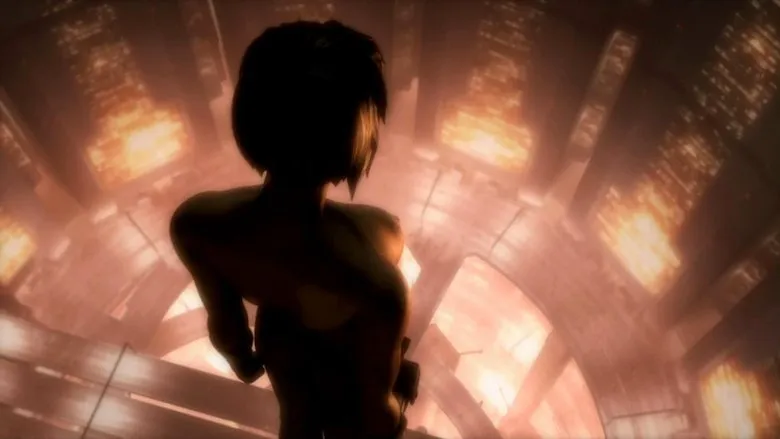
Central to this vision is Major Motoko Kusanagi, a character embodying the film’s core themes. Entirely cybernetic save for her “ghost,” her existence is a walking paradox, constantly prompting questions about the nature of her own humanity. Crafting her movements, expressions, and the subtle ways her internal struggle manifests through her inorganic form was a monumental feat for the animators and designers.
Assembling Section 9: Design and Dynamics
The diverse members of Section 9 serve not just as plot drivers but as different facets of the film’s exploration of identity. From the stoic and powerful Batou, with his signature cybernetic eyes, to the more grounded and less-enhanced Togusa, each team member offered unique design challenges and opportunities for thematic depth. Director Aramaki provides the strategic overview, while the lovable, spherical Tachikomas add an unexpected layer of warmth and sometimes, philosophical simplicity, acting as mobile scout vehicles and companions.
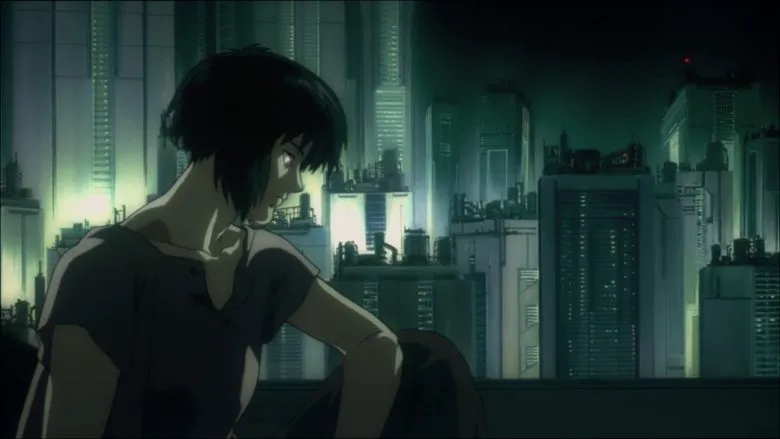
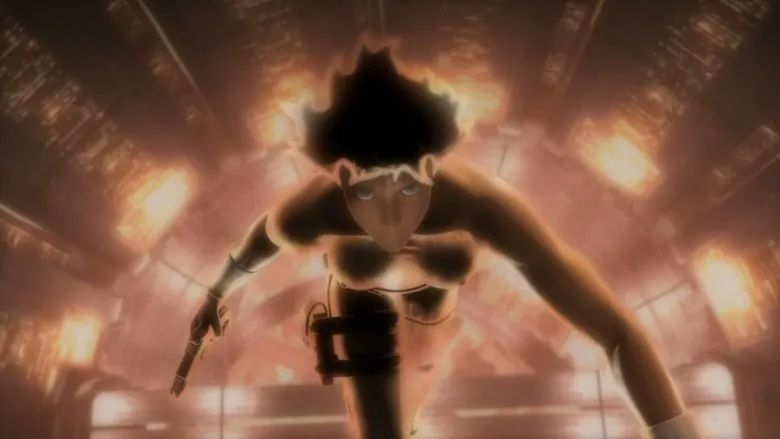
The production team spared no effort in creating a believable future. The meticulous attention to detail is evident in every sequence, from the intricate workings of the cybernetic enhancements to the sprawling, multi-layered cityscapes. The visual language itself becomes a character, communicating the oppressive yet liberating nature of this digital age.
The Puppetmaster’s Enigma: A Philosophical Core
The adversary, the elusive “Puppetmaster,” isn’t just a simple hacker; they represent an entirely new frontier of consciousness. The brilliant stroke of the film’s writing is to make this antagonist less about destructive intent and more about evolutionary aspiration. The Puppetmaster’s plan to upload a human “Pilot” into a nascent virtual realm, creating the first true “ghost in the shell” independent of a physical host, provides the gripping central conflict. This pursuit forced Section 9, and especially Major Kusanagi, to confront the very definition of life, artificial intelligence, and the soul.
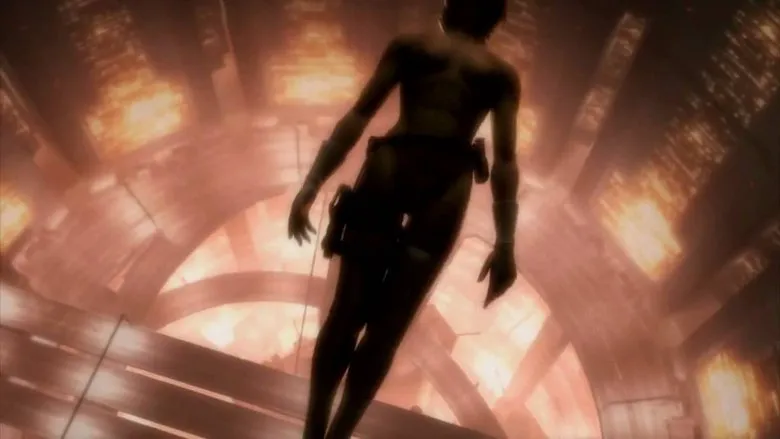
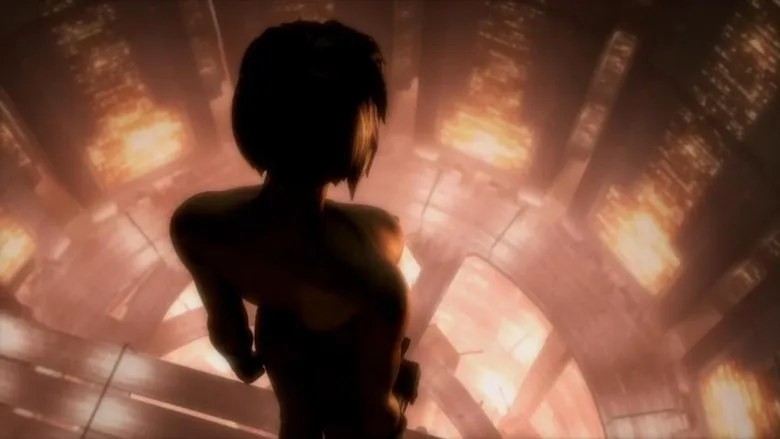
The narrative construction surrounding the Puppetmaster required delicate balancing acts: maintaining the mystery, slowly revealing the grand scope of their ambition, and ensuring that their motivations resonate on a profound, existential level. This made the cat-and-mouse game far more than a mere action sequence; it became a deep dive into the very fabric of being.
Beyond the Glitch: Visuals and Lasting Impact
The visual journey of the film itself is a testament to groundbreaking animation and artistic direction. The seamless blend of human interaction with advanced technology, the atmospheric cityscapes, and the visceral action sequences create a captivating experience. The production team masterfully used light, shadow, and color palettes to convey the mood – from the cold, clinical feel of Section 9’s headquarters to the vibrant, chaotic energy of the urban expanse. Even the subtle details of data streams flowing through the digital realm contribute to the immersive quality.
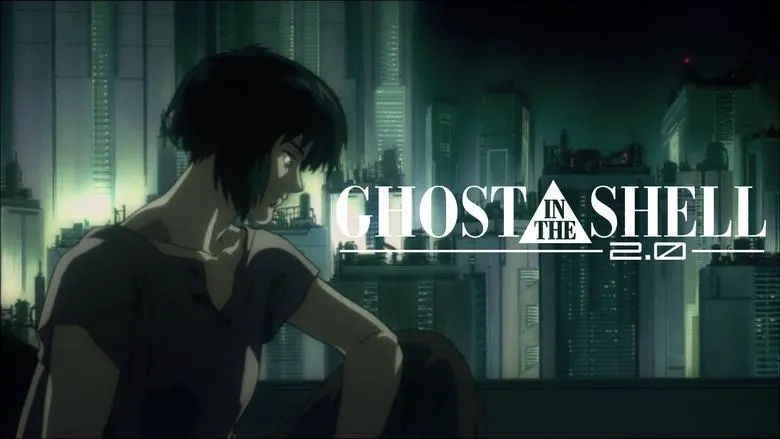
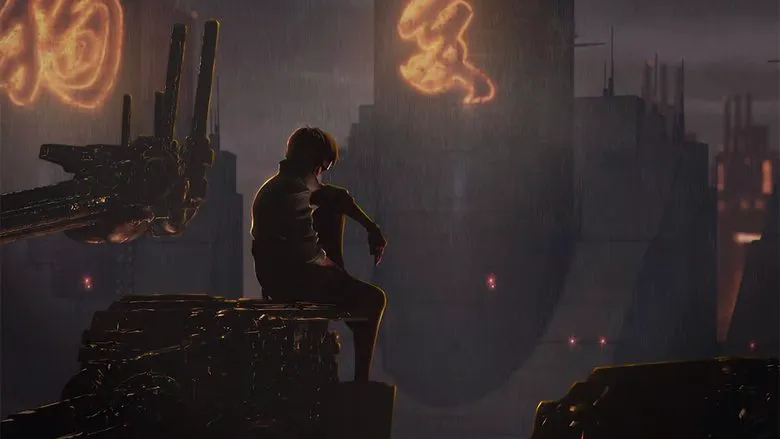
The climax, a tense confrontation that blends physical and virtual realms, is a stunning piece of cinematic choreography. The lingering ambiguity regarding the fate of the Puppetmaster and Pilot forces viewers to continue grappling with the concepts long after the credits roll. This commitment to an understated, thought-provoking ending solidifies the film’s status not just as an action thriller, but as a significant work of science fiction that dares to ask profound questions without always providing easy answers.

Ultimately, the film stands as a monumental achievement, influencing countless works of science fiction across various mediums. Its exploration of identity, consciousness, and the increasingly blurred lines between humanity and technology remains as relevant today as it was in the fictional 2029, a testament to the timeless power of its philosophical depth and stunning artistic execution.